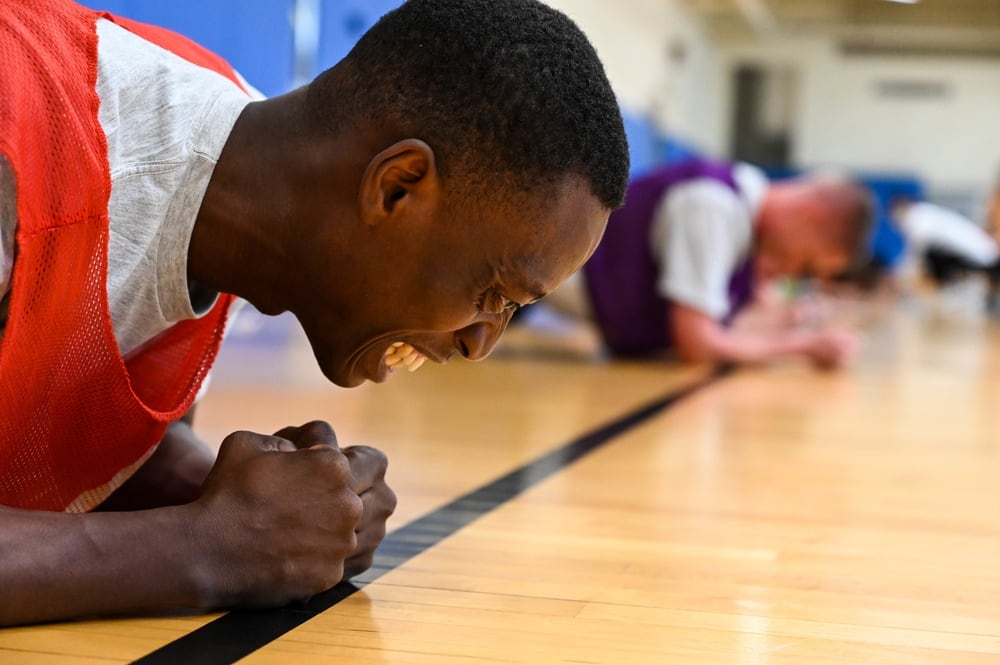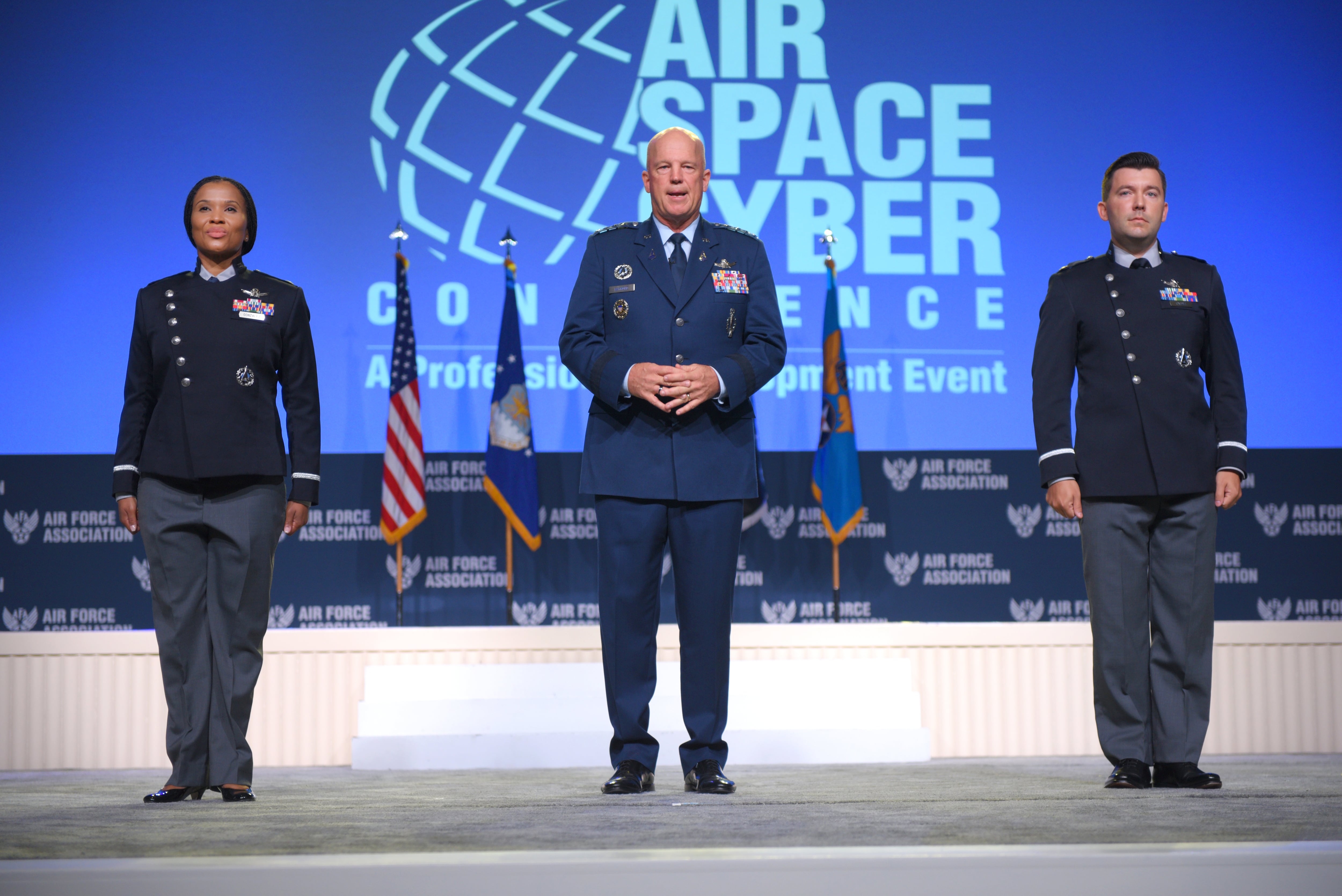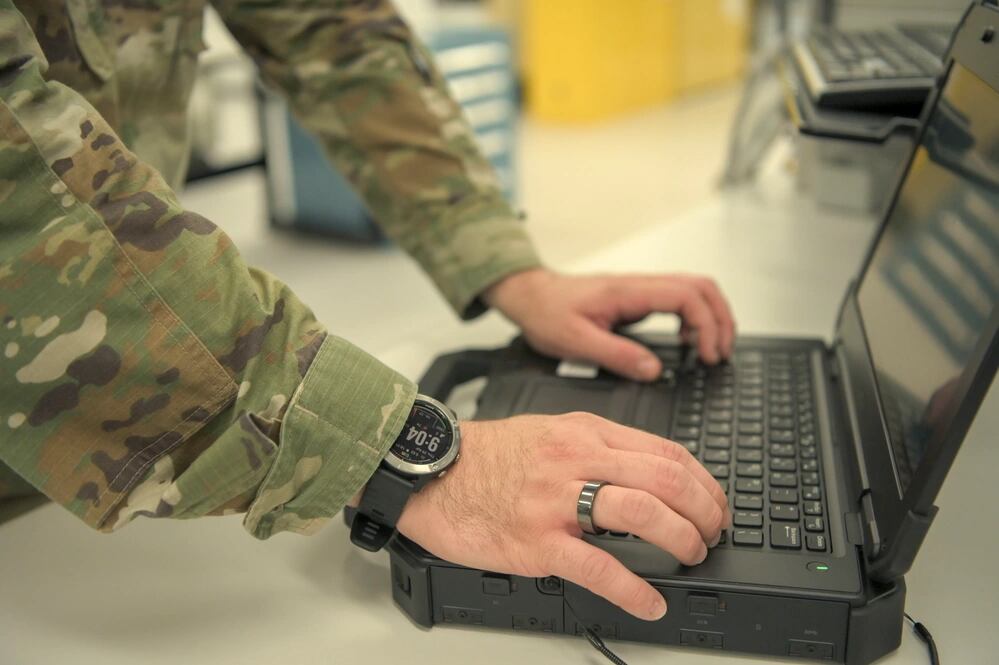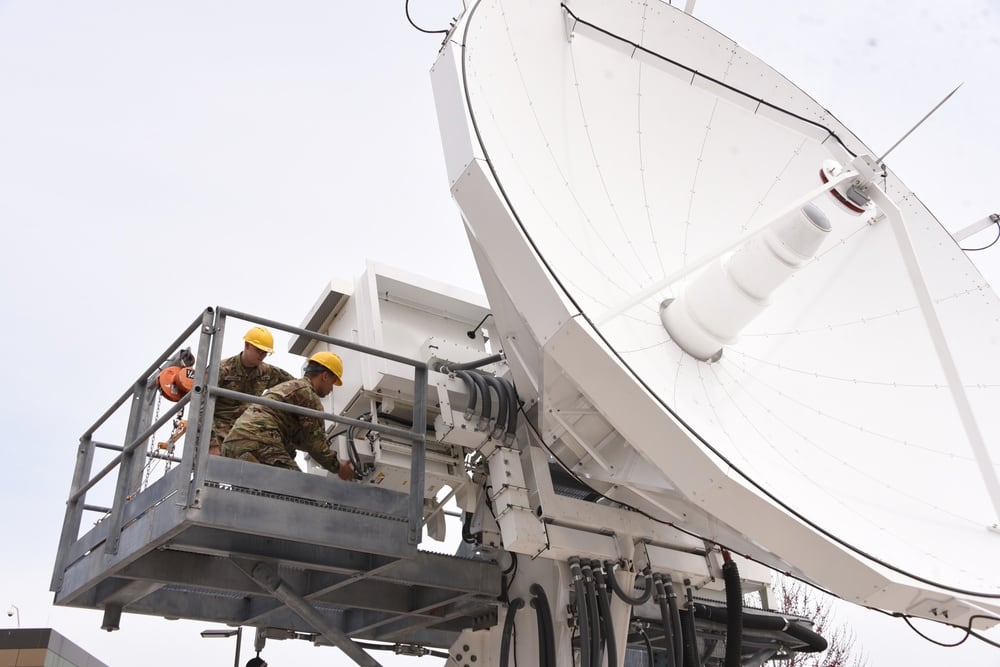The Space Force is boldly going where no U.S. military branch has gone before: dumping the annual fitness test.
The Pentagon’s newest branch wants its members to focus on managing their daily health to feel their best, rather than on how fast they can run a mile or complete pushups once a year.
“It is time we implement a data-driven, research-informed, holistic health and fitness approach to increase the wellness and readiness of the force,” Space Force personnel boss Patricia Mulcahy said in a March 16 memo to guardians.
RELATED

Starting next year, the service plans to institute a program that promotes physical activity, mental health, balanced eating and sleep, and other facets of a healthy lifestyle. Guardians in 2022 will get the chance to weigh in on which technologies and methods the Space Force should use.
“This program will promote not just physical fitness; it will pair fitness with robust education on diet, sleep hygiene and other physiological factors to promote social, mental and spiritual health as well,” Mulcahy wrote. “We are looking into more scientifically proven ways to do so and will be leveraging wearable technologies and tools.”
Guardians are already trying out Garmin watches and Oura rings to see how well they fit into their everyday lives. Officials bet that spending money on wearables to track workout, physiological and sleep data will ultimately lead to lower health care costs and keep the workforce happier and more productive.
“For me, it’s been really good,” Gen. Jay Raymond, the Space Force’s top officer, told reporters March 4. “If I ate a late dinner, I didn’t sleep as well because my heartbeat didn’t go down as fast at night. … I have gotten a better night’s sleep because I’m aware of those [details], which hopefully makes me more effective in my job.”
RELATED

The Space Force has contracted with health tech company FitRankings to link data from any wearable into a network where troops can compete and hold each other accountable.
“Powered by FitRankings technology, guardians will create individual profiles that connect to their wearable or app, providing in-platform fitness data for any activity and allowing data standardization,” the company said in a March 14 release. “Guardians’ wearables will provide real-time data and insights that enable guardians to track fitness goal progress, optimize programming and assess physical readiness criteria instantaneously.”
Chief Master Sergeant of the Space Force Roger Towberman told reporters on March 4 the system will behave like a stoplight: green means a guardian is healthy; yellow means there’s room for improvement, and red signals cause for concern.
“It allows intervention — helpful, meaningful investment in guardians instead of disciplinary, punitive intervention because they quietly were failing for six months, and then somebody has to do something,” Towberman said.
If a commander notices a guardian has slipped into the yellow or red zones, they can pull them aside to see what’s getting in the way of a healthy gym routine, sleep schedule or eating choices.
“There’s no doubt that cognitive acuity is tied to physical fitness,” Towberman added. “We are 100% committed to having the most physically fit and mentally capable human beings that we can get.”

Because space operations entail more desk work — like sitting at a satellite control console or monitoring missile launch data on a computer — than other military missions, Space Force officials want to prioritize general wellness instead of judging members on specific strength and endurance exercises.
They also want to carve out their own service culture instead of automatically adopting the test used by the Department of the Air Force, under which the Space Force falls.
Critics of annual fitness evaluations say that approach leads service members to cram training into a short period of time before the test, instead of staying in shape year-round. Troops are more likely to hurt themselves from pushing too hard, too fast, adding to health care costs and sidelining personnel.
Military PT testing practices have also caused eating disorders among some service members who resort to drastic measures to cut weight before their annual evaluation.
The Department of the Air Force is searching for a way to assess body composition without incentivizing dangerous behavior, and may start vetting height-to-weight ratios instead of measuring people’s waist circumference, Military.com reported Feb. 25.
“Our goal is to implement a program that will support guardians in their individual journeys in health and wellness so that they can be their best whole selves, both for their teams and at home with their families,” Space Force spokesperson Lynn Kirby said Thursday.
RELATED

In the meantime, all guardians must take one diagnostic PT test using the Air Force rules by the end of December. Their results won’t be used to judge whether a guardian should be promoted or retained in the service, or as a reason for punishment, Mulcahy said.
Anyone transferring in from the Army, Navy or Marine Corps can do the same with the tests from their prior branch, she added. The memo doesn’t apply to people who haven’t yet graduated into the Space Force from programs like basic military training or Officer Training School.
While some praise the Space Force for gamifying military fitness, others are debating how to game the system.
“Wonder how many people are going to put it on their dog and take them to the park,” Reddit user rubbarz mused.
User s0p3rns1nja replied: “It’s based on [oxygen consumption] and heart rate levels. Dog may not work, but I see a market opening for people paying other people to wear them while running.”
Rachel Cohen is the editor of Air Force Times. She joined the publication as its senior reporter in March 2021. Her work has appeared in the Washington Post, the Frederick News-Post (Md.), Air and Space Forces Magazine, Inside Defense, Inside Health Policy and elsewhere.




